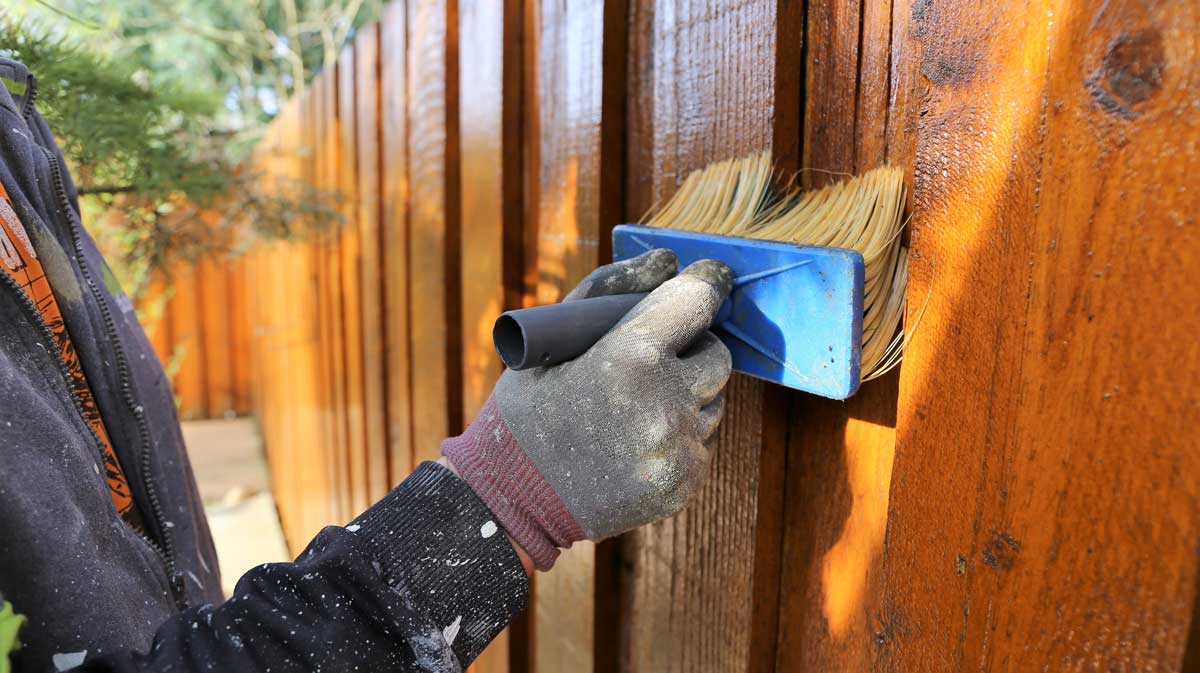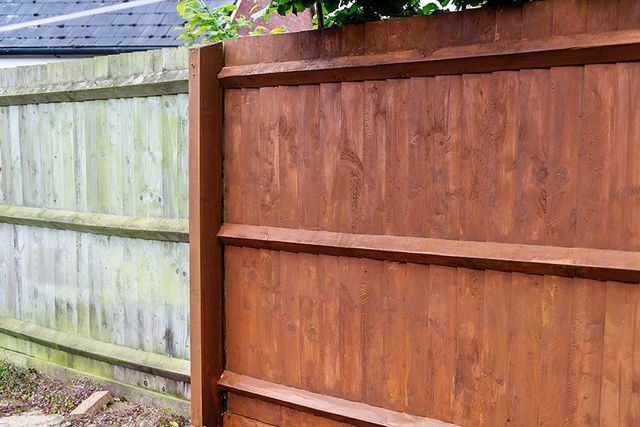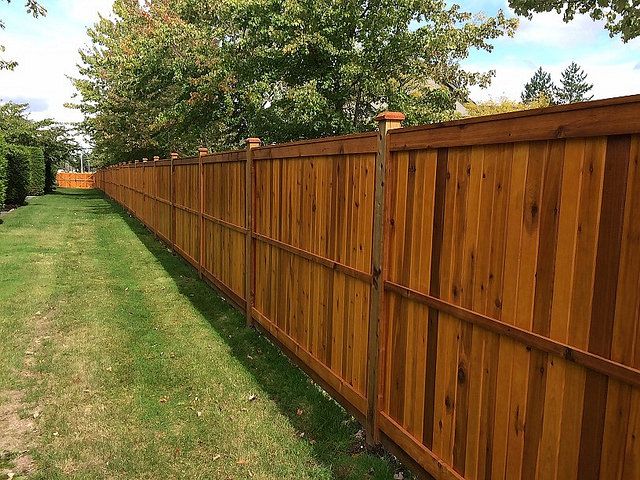Respected Fence Staining Companies Franklin for Superior Outcomes
Respected Fence Staining Companies Franklin for Superior Outcomes
Blog Article
The Ultimate Guide to Deck Discoloration
Whether you are an experienced DIY fanatic or a homeowner looking to boost the appeal of your deck, comprehending the subtleties of appropriate deck staining is essential. As we navigate through the detailed procedure of deck staining, you will reveal vital insights that will not just boost the aesthetic appeal of your deck but also ensure its longevity for years to come.
Importance of Deck Prepping
Appropriate deck prepping is important to make sure a resilient and successful discoloration procedure. Before diving into discoloring your deck, taking the time to prepare the surface sufficiently can make a significant distinction in the last outcome.
After cleaning, it is essential to enable the deck adequate time to completely dry totally prior to continuing with the discoloration procedure. Moisture caught in the timber can avoid the discolor from appropriately adhering, causing a irregular and irregular surface. In addition, examine the deck for any type of loosened boards, nails, or screws that may require to be tightened or changed prior to tarnishing to make certain a risk-free and smooth surface area.
Making the effort to prep your deck diligently can result in a perfectly discolored deck that not just improves the visual appeal of your outside space but also safeguards the wood, expanding its life-span.
Picking the Right Stain
After thoroughly preparing your deck surface, the following crucial step is picking the ideal tarnish to achieve both aesthetic improvement and lasting protection. When selecting a tarnish for your deck, take into consideration the kind of wood you are functioning with, the desired shade and surface, along with the degree of maintenance you agree to devote to in the future.
There are usually two main types of deck discolorations: water-based and oil-based. On the various other hand, water-based spots are extra eco pleasant, dry much faster, and emit fewer odors.
Inevitably, the best discolor for your deck will certainly depend upon your personal preferences, the climate in your area, and the amount of upkeep you are eager to undertake to keep your deck looking its best.
Correct Stain Application Methods

Next, pick the right tools for the task. A paintbrush, sprayer, or roller can be utilized depending upon personal preference and the dimension of the deck. When using the stain, operate in small sections, following the timber grain to guarantee an even layer. Be mindful of drips and overlap each pass somewhat to prevent unequal coloring. If needed, enable the initial layer to dry totally prior to applying a second layer. Ultimately, preserve the deck by consistently cleaning up and reapplying discolor as needed to keep it looking secured and fresh.
Keeping Your Tainted Deck
To protect the look and durability of your deck's tarnish, regular maintenance is essential. Correct maintenance not just keeps your deck looking its ideal however likewise helps extend the life of the tarnish, shielding the timber from the aspects. One vital aspect of keeping a stained deck is normal cleaning. Utilize a mild cleaning agent and water to clean away dust, crud, and mildew that can accumulate gradually. Think about making use of a stress washing machine on a reduced setting for an extra comprehensive clean, taking care not to damage the wood. Examine your deck yearly for any kind of signs of wear or damages. Try to find locations where the stain may be fading or peeling, as these can indicate a demand for touch-ups or reapplication. Furthermore, inspecting for loosened boards, nails, or any other architectural problems can help prevent more significant troubles down the line. By staying positive with upkeep, you can delight in a beautifully discolored deck for several years ahead.

Troubleshooting Common Discoloration Issues
Routine maintenance of your discolored deck is important not only for maintaining its appearance and longevity however also for dealing with typical discoloration issues that might arise over time. One common issue is improper prep work, such as falling short to clean and dry the deck effectively before discoloration. In this situation, get rid of excess stain with a brush or towel and enable the deck to dry correctly.

Conclusion
By extensively prepping the deck, choosing the ideal tarnish, using it correctly, and consistently keeping it, you can ensure a durable and beautiful finish. Following these standards will certainly assist you accomplish a magnificent tarnished deck that you can enjoy for years to come.
Whether you are an experienced Do it yourself fanatic or a home owner looking to improve the beauty of your deck, understanding the nuances of proper deck discoloration is important - fence staining franklin. As we navigate via the complex procedure of deck discoloration, you will reveal vital understandings that will certainly not just boost the visual appeal of your deck yet also ensure its longevity for years to come
Regular upkeep of your tarnished deck is vital not only for preserving its appearance and resilience yet also for dealing with usual discoloration concerns that might emerge over time. In this situation, get rid of excess discolor with a brush or towel and enable the deck to dry appropriately. By thoroughly prepping the deck, choosing the right tarnish, using deck staining franklin it correctly, and on a regular basis keeping it, you can make sure a lovely and long lasting coating.
Report this page